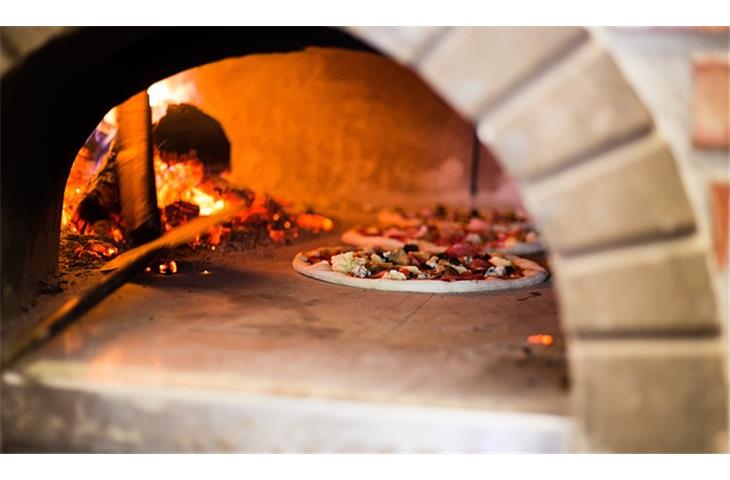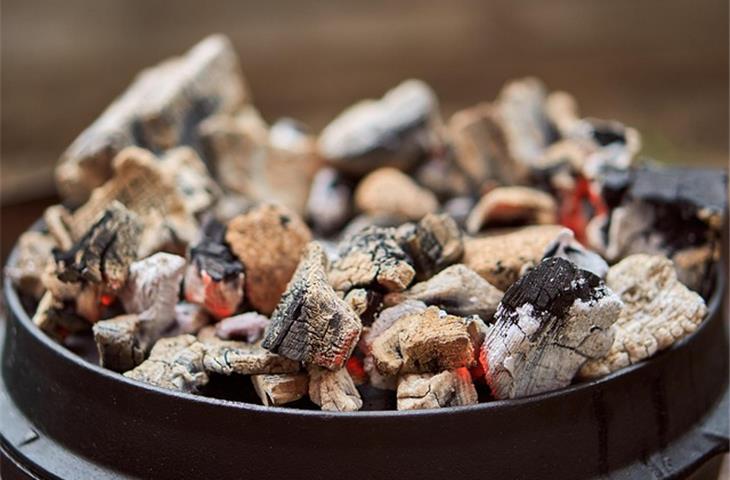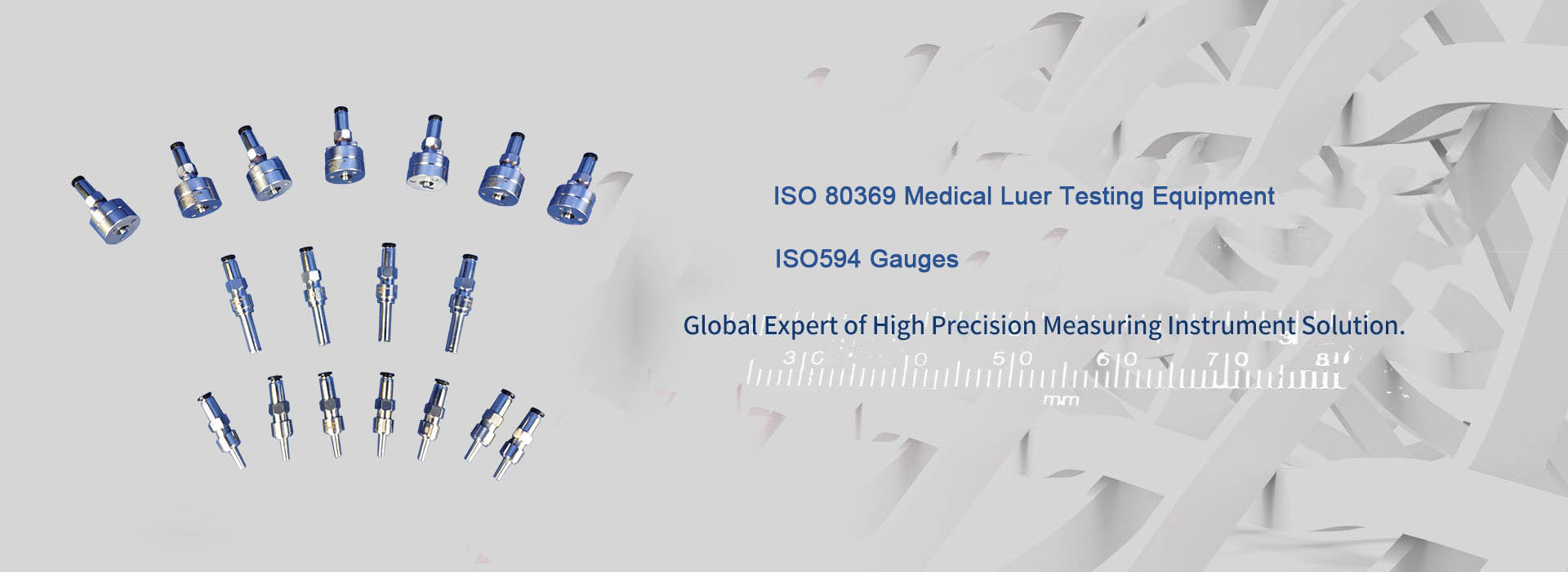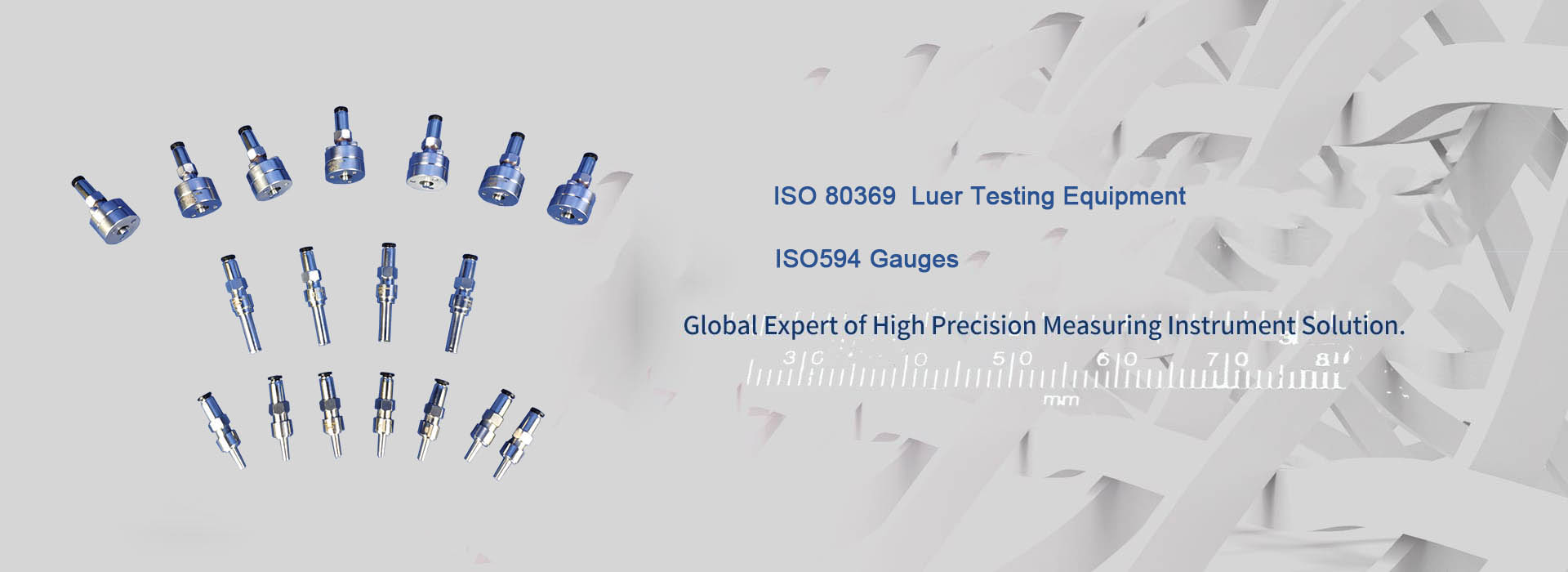What You Need to Know About Burn-in Ovens
Curing ovens are a crucial piece of equipment used in numerous industries, especially the manufacturing industry.This specific oven has been designed to cure or harden materials, which is achieved by exposing them to high temperatures over an prolonged period.Its purpose being straightforward, a comprehensive understanding of the complexities of a burn-in oven is essential for both best functionality and safety.

This article will explore the important aspects of Curing ovens, such as their uses, benefits, and essential requirements.There are various types of Curing ovens, each designed for particular uses.Convection Curing ovens operate by using fans for circulation hot air, which in turn ensures uniform heat distribution.

Infrared Curing ovens employ infrared beams to heat materials, leading to quicker hardening times.Muffle Curing ovens offer a regulated atmosphere with least heat dissipation, rendering them ideal for delicate materials.A comprehensive understanding of the main parts of a burn-in oven is necessary for its correct functioning and care.

These elements constitute warmth components, warmness regulatory systems, regulatory systems, as well as thermal protection.
- Fatal mistakes in IPX9K waterproof test: nozzle size and water temperature control, the truth you must know
- Neutral Electrode Temperature-rise Tester: Ensuring Safety in Electrosurgery
- ISO 80369-7 Luer Gauge Checklist
- What are the implications for manufacturers transitioning from ISO 594 to ISO 80369-7?
- KINGPO 2024 R&D Results Report
- ISO 594 is replaced with ISO 80369
- KingPo CEO invited to the 83rd International Electrotechnical Commission (IEC) General Assembly
- Saudi Arabian Customer Purchase ISO 80369-7 reference connector and ISO 80369-20 test apparatus from us
- ISO 80369-3 Test Equipment LIst
- Luer Gauge Adapter for Syringes: Enhancing Medical Precision and Safety


